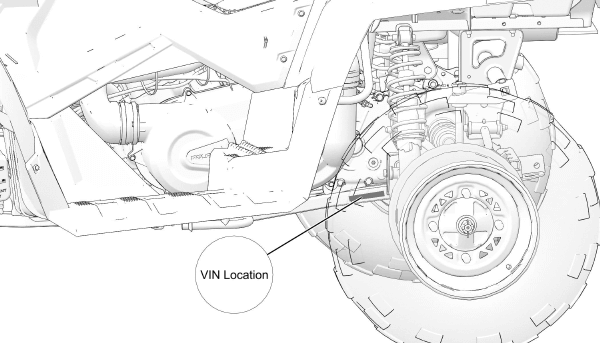The ATV VIN number charts and information to help you search for and decode your ATV’s VIN. Every sport ATV has a 17 digit VIN (vehicle identification number), even if you need to search for the ATV VIN location a little. You’ll find the VIN plate mounted to the frame of the ATV, usually on the bottom left side. This information guide will help you with ATV VIN identification.
Kawasaki for example has the VIN mounted on the left side of the frame below the engine. If you have nerf bars installed it’s possible that part of the VIN will be hard to see. Don’t mistake the engine number, which is mounted on the engine, as a VIN number because they are different.
A VIN or Vehicle Identification Number is standardized. Whether your ride a Honda, Kawasaki, Suzuki, Polaris, Yamaha or other ATV all will contain 17 characters that can include capital letters from A through Z and numbers 1 through 0. The letters I, O and Q are never used within a VIN in order to avoid mistakes made by misreading them.
No signs or spaces are allowed in the Vehicle Identification Number.
The position of each letter and/or number in the VIN code reveals important information about where and when your ATV was made, the type of engine it has, the model or series of ATV, various equipment/attributes and its production sequence.
Contact the vehicles manufacturer with specific VIN related questions. Contact your local DMV, department of motor vehicles, if you need to replace your VIN plate (if it broke off or you installed a new frame etc). Here is a general breakdown of what your ATV VINs number means.
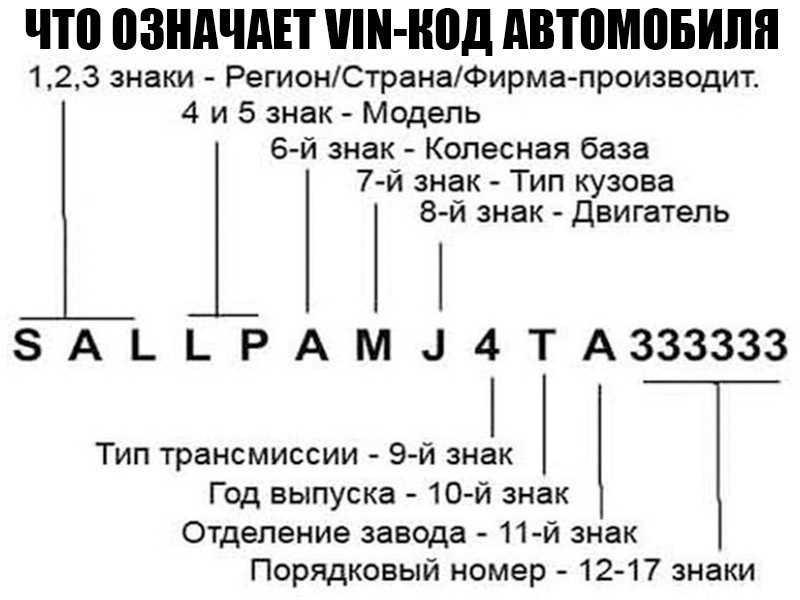
| 1971 | 1 |
| 1972 | 2 |
| 1973 | 3 |
| 1974 | 4 |
| 1975 | 5 |
| 1976 | 6 |
| 1977 | 7 |
| 1978 | 8 |
| 1979 | 9 |
| 1980 | A |
| 1981 | B |
| 1982 | C |
| 1983 | D |
| 1984 | E |
| 1985 | F |
| 1986 | G |
| 1987 | H |
| 1988 | J |
| 1989 | K |
| 1990 | L |
| 1991 | M |
| 1992 | N |
| 1993 | P |
| 1994 | R |
| 1995 | S |
| 1996 | T |
| 1997 | V |
| 1998 | W |
| 1999 | X |
| 2000 | Y |
| 2001 | 1 |
| 2002 | 2 |
| 2003 | 3 |
| 2004 | 4 |
| 2005 | 5 |
| 2006 | 6 |
| 2007 | 7 |
| 2008 | 8 |
| 2009 | 9 |
| 2010 | A |
| 2011 | B |
| 2012 | C |
| 2013 | D |
| 2014 | E |
| 2015 | F |
| 2016 | G |
| 2017 | H |
| 2018 | J |
| 2019 | K |
| 2020 | L |
– VIN Number Year Chart and it continues year by year: 2011 = B, 2012 = C, 2013 = D, 2014 = E, 2015 = F, 2016 = G etc.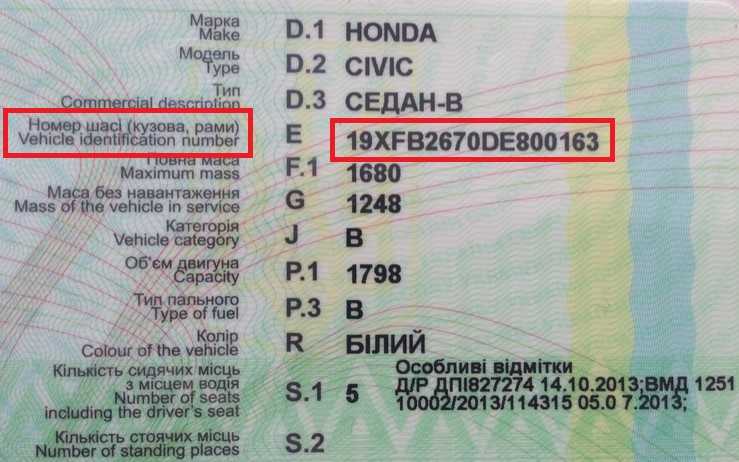 2018 = J, 2019 = K, 2020 = L, you get the idea. Important: The letters i,q, u and o are never used so skip them accordingly. Also important: To tell the difference between an older and newer ATV the 7th digit is referenced. Example, the letter A in 10th position could mean a 1980 or a 2010 ATV. To know which it is look to the 7th digit, if the 7th digit is a number the earlier year is accurate. If the 7th digit is a letter the later year is accurate.
2018 = J, 2019 = K, 2020 = L, you get the idea. Important: The letters i,q, u and o are never used so skip them accordingly. Also important: To tell the difference between an older and newer ATV the 7th digit is referenced. Example, the letter A in 10th position could mean a 1980 or a 2010 ATV. To know which it is look to the 7th digit, if the 7th digit is a number the earlier year is accurate. If the 7th digit is a letter the later year is accurate.
– 11th digit : Assembly plant
– 12th to 17th digits : These ATV vin numbers increase by one for each unit that rolls off the assembly line, the last four are always numbers.
It’s very helpful to know your ATV VIN when purchasing aftermarket parts. Here is a chart of what your Honda ATV VIN may look like, it’s useful information to have when doing a VIN check.
Honda VIN Chart
To do a free ATV VIN search visit the ATV VIN Check page.
Check ATV VIN Number and get Vehicle History Report
A VIN number, or Vehicle Identification Number is a 17-digit number, that serves as the car's unique identity code.
For most vehicles, you can find the VIN on your front driver’s side interior dashboard or the driver’s side door post. Alternatively, you may find it on the vehicle’s insurance and ownership documents. Example: WBAEK73405B326977
An all-terrain vehicle (ATV) is well-defined as a motorized off-highway automobile that travels on non-pneumatic or low-pressure tires. The vehicle is also referred to as three-wheeler, quadricycle, quad, four-wheeler or four-track. The seat of an ATV is designed in such a manner that the operator can straddle it and the handlebars for stable steering control. As the name suggests, this vehicle is meant to be able to move on different terrains, including rough ones as compared to the other automobiles.
The seat of an ATV is designed in such a manner that the operator can straddle it and the handlebars for stable steering control. As the name suggests, this vehicle is meant to be able to move on different terrains, including rough ones as compared to the other automobiles.
All-Terrain Vehicles come in two designs: II ATVs which are designed to accommodate the operator only. II ATVs are designed to accommodate the operator and one passenger. Though this vehicle is legally accepted on streets in some counties, legalized to be on streets in some states in countries such as the USA, Australia, and Canada.
ATVs are mainly manufactured by:
Are planning to purchase an All-Terrain Vehicle but you are worried about its present condition? Maybe you want to know the real design of the ATV and its current features without much hassle and quickly? No worries! We have you covered! Our website allows you to perform everything by just a click of an icon. The only thing we require you to perform is to initiate a complete VIN Check. Essentially, our aim as a reputable online check service is to offer our clients with reliable and effective ATV VIN search tools we have now and the updated date concerning the ATV they plan to purchase. You can rest assured that you will obtain the information you need concerning any ATV you have chosen. We provide this info inform of free ATV record report in just some few minutes.
The only thing we require you to perform is to initiate a complete VIN Check. Essentially, our aim as a reputable online check service is to offer our clients with reliable and effective ATV VIN search tools we have now and the updated date concerning the ATV they plan to purchase. You can rest assured that you will obtain the information you need concerning any ATV you have chosen. We provide this info inform of free ATV record report in just some few minutes.
The VIN is a code made of 17 digits that acts as a code or an ID for a vehicle. This code is the same in ATV as on cars. However, to know where the VIN is located in an ATV depends on its maker, but in most cases, it is embedded on the frame, on left ATV side, underneath the shifter on an open site.
Generally, VIN for Honda ATV is embedded on the front crossmember which is usually built behind the rack at the front.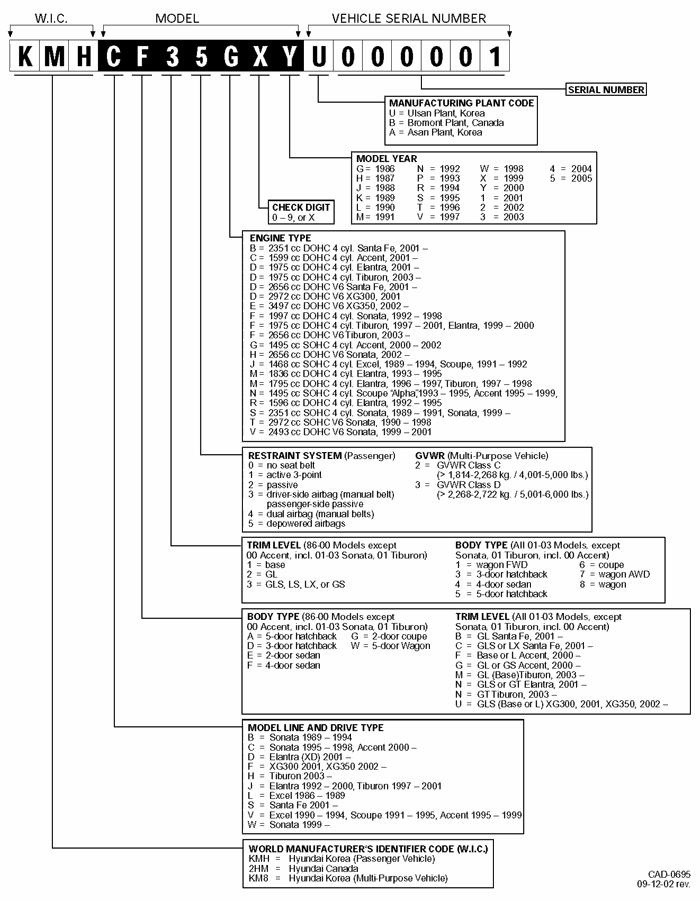 However, you may not see it easily if you are using custom skid plates. But you can unravel it quickly and see the VIN.
However, you may not see it easily if you are using custom skid plates. But you can unravel it quickly and see the VIN.
For the Honda Rancher ATV, the VIN is located on the crossmember built at the front of ATV.
The locations where the VIN of Yamaha ATVs is fixed might vary depending on the model. However, all ATV numbers for Yamaha are embedded on the frame, below it.
Here is a table to show the location of different models of Polaris quads:
| Polaris Model | Location of VIN |
|---|---|
| Polaris Trail Boss | Front wheel well |
| Polaris Scrambler | |
| Polaris outlaw | |
| Polaris trailblazer | Front left wheel well |
| 2011 Polaris Hawkeye | Front left wheel well |
| 2013 Polaris Hawkeye | Left rear frame |
| Polaris Sportsman 550,850 &XP 1000 | Front left wheel well |
| 2011-14 Polaris Sportsman 400,450,500,700,800 &ETX | Left rear frame |
| 2017-2018 Polaris Sportsman 6x6 | Right rear wheel well |
The location of Suzuki ATV VIN varies depending on the make and model year.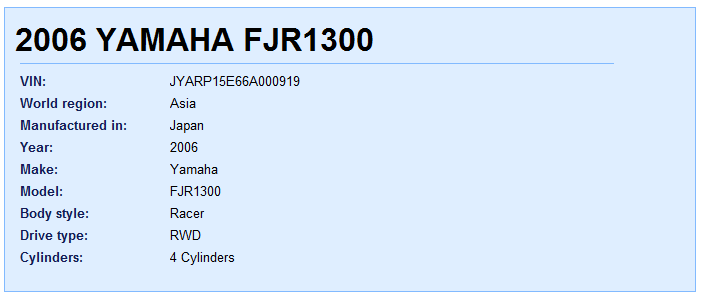
Here is a table showing VIN of various models of Suzuki ATV:
| Suzuki ATV model | VIN location |
|---|---|
| Suzuki LTR 450 | On metal bar near the frame next to kicker area |
| Suzuki Eiger | On left rear cross member along the mud wing |
| Suzuki 250 Quadrunner | On the right rear bar near the taillight |
| 300 King Quad | On the small flat plate. You can see it on the left rear frame member standing vertically |
| 700 king Quad | Left rear frame, at the back of the wheel |
| QuadSport Z90 | The left rear side of the frame |
Generally, Suzuki typically embeds VIN on the opposite part of the muffler.
For the Arctic Cat, the VIN is located under the left front.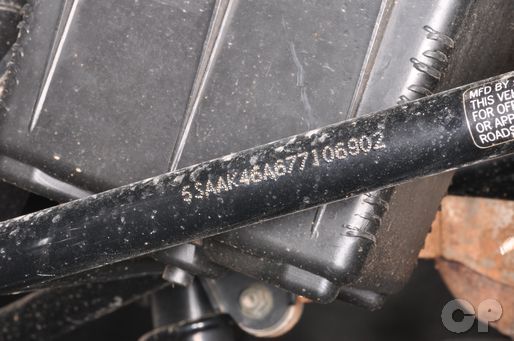 You can see it easily when you look under the wheel well.
You can see it easily when you look under the wheel well.
The VIN for Kawasaki AVN is entrenched on the frame but the left side underneath its engine. However, if you have nerf plates fixed, you may not see the VIN easily. Be keen when looking for the VIN since you can easily mistake it with the engine number since these are two different things.
Well, you might ask yourself, "Why do I need an ATV VIN lookup report?" this report is essential if you are planning to buy an ATV. All smart buyers ask for it. You don't need to have worries, especially when spending your hard-earned money on something you like. So how do you do it, and what do you get?
After you have located your VIN on your ATV and noted it somewhere, just key it in, in the search bar on our tool and then click the search button. Apart from obvious information about accidents, you will get the following information:
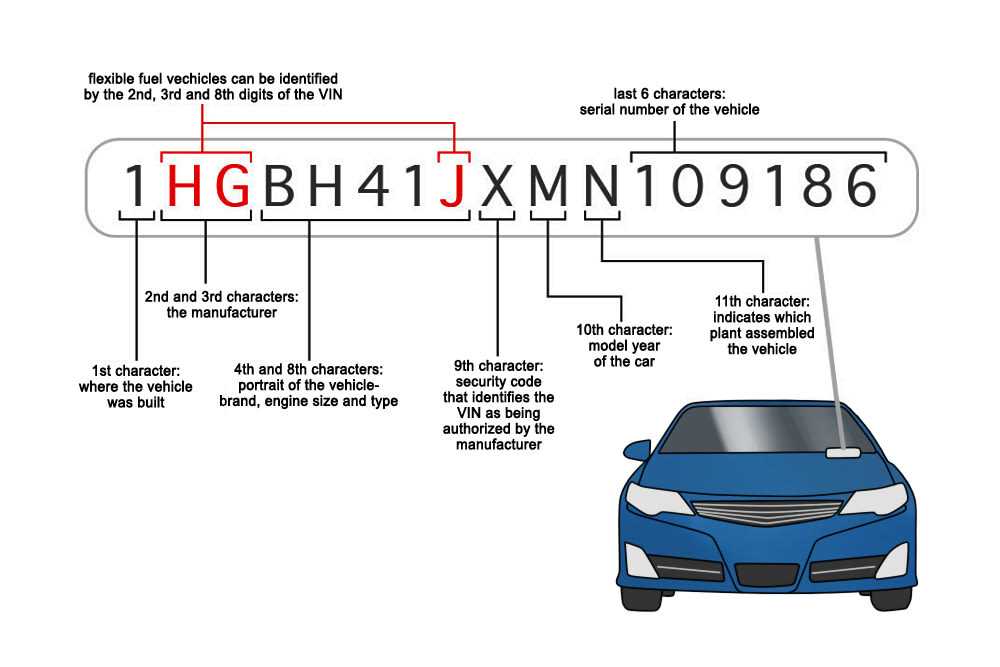

ATVs are a high-priced hobby. So, you can buy a second-hand ATV and save some money. This is beneficially, especially if your family like ATVs and you have to get four or more to make them happy. But what about if you are not able to meet that due to financial constraints? Well, used ATVs is the option.
However, note that purchasing a second-hand ATV has its own share of disadvantages. You might be spending a lot of money to buy a stolen machine or a defective one. Doing VIN check for ATV is not only essential when buying a used ATV, but also when you want to buy a new one.
So, it is vital to check the VIN number to know the stolen automobiles to avoid colliding with authority. For instance, if you purchase a stolen quad and you don’t know whether you bought a stolen quadricycle, that will not be an excuse. So, this is why it is mandatory to use stolen VIN checker on our website.
Our process is quite straightforward.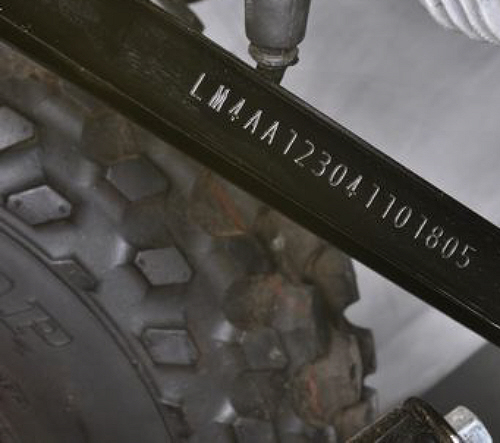 Go to our site and feed in the VIN in the search bar of our online checker. All the information will be displayed immediately.
Go to our site and feed in the VIN in the search bar of our online checker. All the information will be displayed immediately.
Here are simplified steps to follow:
Now that you know how to carry out ATV check, no time to linger, use our ATV VIN finder to get your ATV history report Now!
Suspension. Shock absorbers must be free of oil, and CV boots must be free of holes through which moisture can enter. To check the condition of the wheel bearings and hub bushings, you need to raise the ATV with a jack and shake the wheels vertically and horizontally - if there is play, one of these parts is worn out.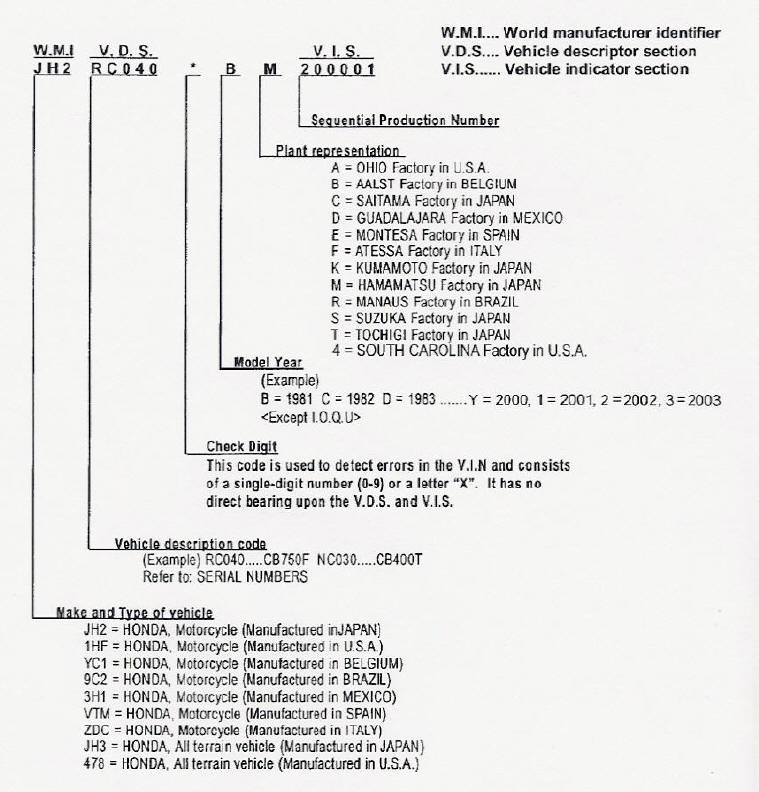 Most often these are bearings. You also need to check all the suspension arms for play - perhaps ball bearings or silent blocks need to be replaced.
Most often these are bearings. You also need to check all the suspension arms for play - perhaps ball bearings or silent blocks need to be replaced.
ATV with working shock absorbers lowers and rises evenly - when pressing on the rear or front, one of the sides should not sag.
Transmission. Gearboxes must be free of oil leaks and cracks. The oil in them can be checked by lowering a plastic clamp into the filler neck or unscrewing the drain bolts: it’s bad if the liquid is opaque, it contains chips or other foreign particles. To check the modes of operation of the transmission, you need to jack up the front of the ATV. When all-wheel drive is on, when turning the left wheel, the right wheel should rotate in the opposite direction, and vice versa. When the differential lock is engaged, both wheels rotate in the same direction. Transfers should be included without effort and crunch.
Engine. It must be free of oil. A serviceable motor starts in 2-3 seconds and works without a metallic rattle, an arbitrary increase and decrease in idle speed.
Bad sign - black oil or with foreign particles. Normally it is transparent.
A malfunction is also indicated by black, white or blue smoke from the exhaust pipe, as well as a burning smell. At idle, the exhaust gases of a serviceable ATV are almost transparent.
It is advisable to measure the compression in the cylinders - this will require a compression meter with adapters for different threads of the candles and knowledge of the normal compression value in the cylinders of a particular ATV model, taking into account the decompression meter.
Coolant . You need to check with a cold engine. The antifreeze level must be between the minimum mark "LOW" and the maximum "FULL". The liquid should not be cloudy. If there is sediment or dirty “flakes” under the radiator cap, the motor was poorly maintained and may have overheated.
Air filter . If there are oil stains on it, most likely the ATV turned over.
Electrical .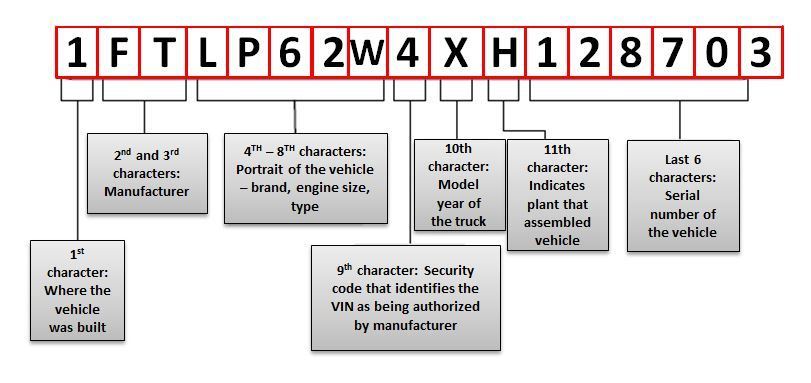 It is necessary to check the operation of the parking lights, high and low beams, turn signals, alarms, horns, heating, winches. Error indicators - for example, an electric booster - should go out when the engine is started.
It is necessary to check the operation of the parking lights, high and low beams, turn signals, alarms, horns, heating, winches. Error indicators - for example, an electric booster - should go out when the engine is started.
Electric power steering . With the ATV running and jacked up, turn the steering wheel left, right, then center. With a working electric power steering, the steering wheel does not turn on its own.
Frame. Cracks, extensive corrosion, welding spots, stripped or fresh paint in the places where the suspension arms are attached, on the arms themselves and on the bottom of the frame - a reason to refuse to buy. Cracks or welding in the cargo platform area are not critical.
The difference in one or more bolts of the engine, variator or bridge, as well as traces of sealant on the crankcase connectors, indicates that the assembly was disassembled to fix the breakdown.
ATV in good working order does not pull to one side.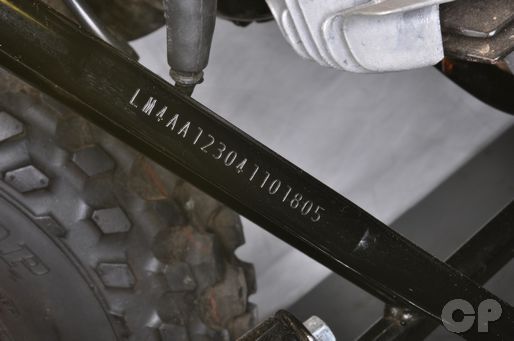 When moving back and forth with the wheels fully inverted, there is no cod. The start of movement and acceleration without jerks and bumps. When you turn on the four-wheel drive and differential lock, it becomes more difficult to turn the steering wheel.
When moving back and forth with the wheels fully inverted, there is no cod. The start of movement and acceleration without jerks and bumps. When you turn on the four-wheel drive and differential lock, it becomes more difficult to turn the steering wheel.
Buying an ATV through a private ad is almost a lottery. Even an outwardly perfect copy with low mileage may have problems with the electrics and piston due to the fact that it was drowned in a swamp. Conversely, if an ATV with 6,000 km has been used carefully and maintained regularly, it will last a long time.
Buying an ATV or snowmobile from your hands, you can play it safe with a few simple rules. We will talk about them in the article.
Find out if the PSM and other documents are in order
First you need to find out if the documents are in order - this will help to avoid buying stolen equipment and other troubles.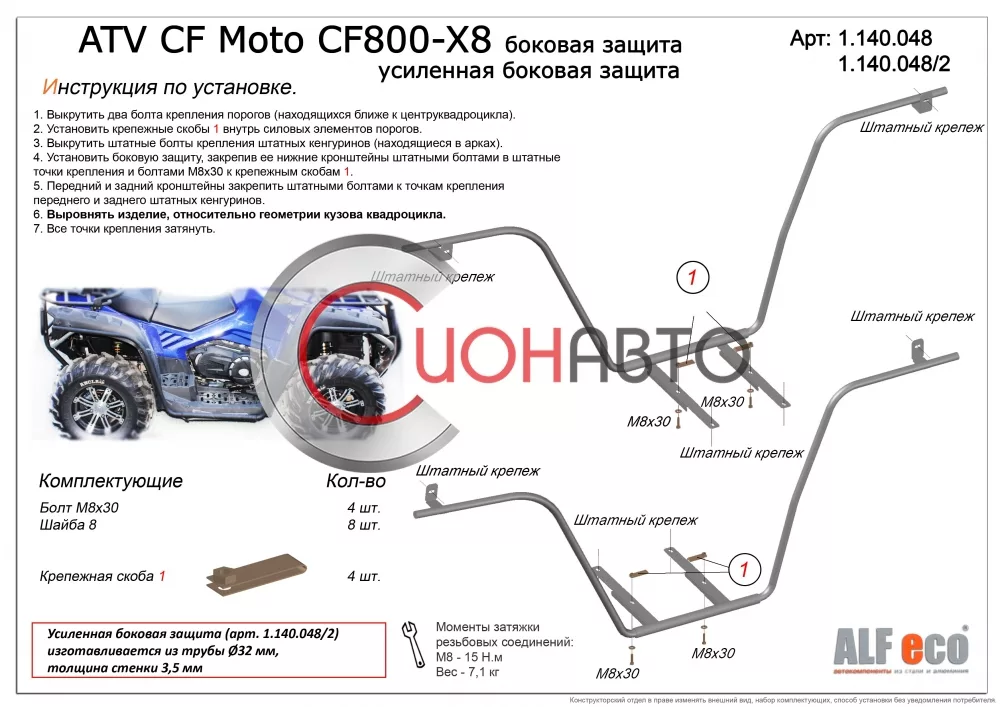
To register equipment, you will need a passport of a self-propelled vehicle (PSM), a contract of sale, an act of acceptance and transfer. You can ask the seller for a certificate of conformity or issue it yourself - to do this, contact the dealer and provide him with the certificate number from the PSM.
Check the frame and engine numbers in the PSM and on the vehicle. Find out on the Internet exactly where the VIN is located on your model. On many ATVs, it is located near the front right lever. Also, do not forget to check the owner's data from the PSM with a passport or driver's license - if they do not match, the equipment may be stolen.
Talk to the owner before inspecting the equipment. Find out why and how often it was used, what mileage it has. Whether it was regularly serviced and whether it was prepared for storage in the off-season - this increases the service life of the equipment. Specify which parts have changed and why, which systems require repair in the near future.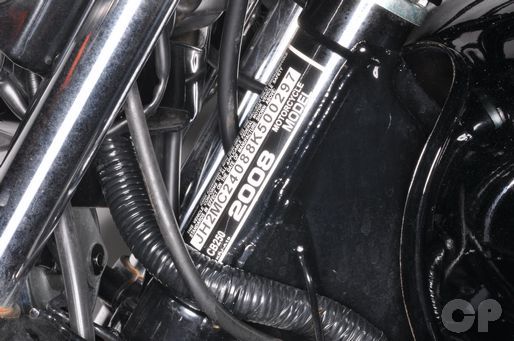 Also find out the reasons for the sale.
Also find out the reasons for the sale.
If the owner admits that the ATV or snowmobile was in an accident or was used as a rental, then it is better to refuse to buy it.
After talking with the owner, you can proceed to the inspection. As we have already said, the good external condition of the equipment says little. But a visual inspection helps to immediately weed out frankly bad options.
Due to design differences, ATV and snowmobile inspection procedures will differ.
ATV with a "boiled" frame is better not to buy
If the luggage racks are bent, most likely the ATV has rolled over. Deep scratches and rust, dents from stone impacts indicate a high mileage. Cloudy headlights are a sign that the ATV has been sunk. Tires worn only in the central part indicate their pumping. From this, the suspension suffers greatly when driving. Wrinkled discs are most likely damaged from hard landings, which are also bad for the suspension. Cracks, extensive corrosion, welding spots on the frame are a good reason to refuse a purchase.
Cracks, extensive corrosion, welding spots on the frame are a good reason to refuse a purchase.
Pay attention to the tunnel - it should not have dents or signs of deformation. Snowmobile frames rarely break, but cracks can occur.
Check the condition of the tracks. A caterpillar with defects and damage will eventually have to be repaired. Worst of all, if the caterpillar is non-separable, it will have to be replaced with a new one.
Inspection of the front suspension is very important as it bears the main load. Check the condition of the levers and ski racks. Make sure all suspension components are in place.
Measuring the diameter of the slides will help to assess their wear. The plastic fasteners of the slides break over time and need to be replaced. When inspecting, evaluate their condition and the need for replacement.
After the initial check, you can begin to study the mechanics - the service life and the cost of repairing equipment depend on its condition.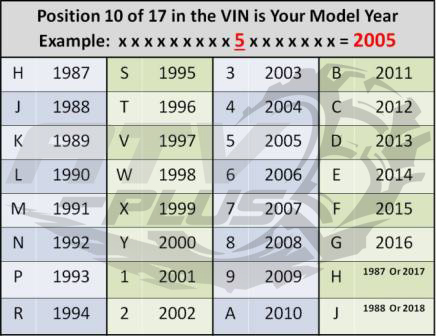 As with a visual inspection, the inspection procedure for ATV and snowmobile will be different.
As with a visual inspection, the inspection procedure for ATV and snowmobile will be different.
Check shock absorbers for oil leaks
Suspension. Shock absorbers must be free of oil and "walk" evenly. Raise the ATV with a jack and shake the wheels - if there is play, then the bearings are worn out. If the suspension arms play, most likely, you will have to change silent blocks and ball bearings.
Transmission. Gearboxes must be free of oil and cracks. Stand near the front of the ATV and turn on the 4WD button. Turn the left wheel with your hands - the right one should rotate in the opposite direction, and vice versa. With the differential locked, both wheels turn in the same direction. Transmissions should turn on easily and without extraneous sounds.
The engine must be free of oil. Turn the ignition key: a serviceable engine will start in 2-3 seconds. At idle, it runs smoothly and without extraneous noise. Black oil, black, white or blue smoke from the exhaust pipe and the smell of burning indicates a poor condition of the motor - most likely, expensive repairs are needed.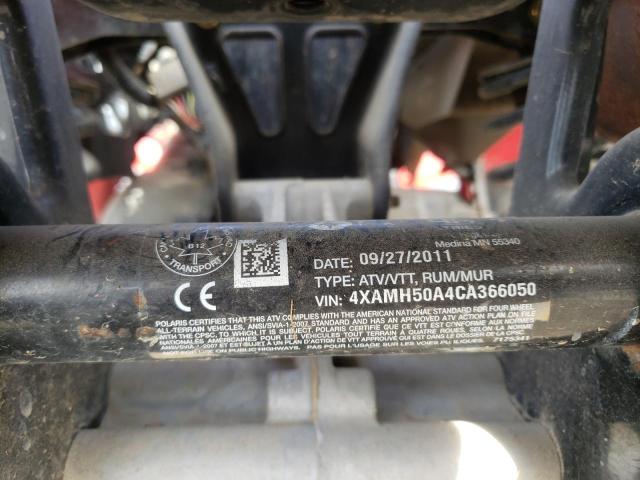 Miscellaneous bolts or traces of sealant on the crankcase signal that the engine was taken apart for repair.
Miscellaneous bolts or traces of sealant on the crankcase signal that the engine was taken apart for repair.
Electrical. Check the operation of the dimensions, turn signals, high and low beams, heating, winch and other equipment. Pay attention to the operation of the electric power steering - the steering wheel should not turn on its own.
Check the condition of the CVT belt
Engine diagnostics. Snowmobiles usually have low mileage, but it's still best to check it. The forums recommend measuring the pressure in the cylinders, although for this you will have to go to the service. Ideally, the pressure difference in the cylinders should be no more than 10%. To check the engine, it is better to ride a snowmobile and listen to its sound - if there are any extraneous noises in it.
CVT condition assessment. Check the coolant and oil levels in the gearbox. Pay attention to the variator belt - if it has cracks, dark stripes or scuffs. A worn belt will need to be replaced.
A worn belt will need to be replaced.
Check gearbox (on models where equipped). Remove the dipstick and examine the oil - metal chips will indicate heavy wear on the gearbox.
Suspension , as in the case of an ATV, should “walk” evenly on all sides. The electronic control units of the technicians are checked at the service center.
Used equipment is better to buy from an authorized dealer
When inspecting a used ATV or snowmobile, check the documents. Ask the owner for the conditions of use and the reasons for the sale. Check out the tech. Check the engine, variator, suspension, electrics. If you notice cracks in the frame or signs of a serious engine, CVT or gearbox failure, it is better to refuse the purchase.
ATV or snowmobile with mileage is better to buy from an authorized dealer. So you will not come across frankly worn or broken equipment: before selling it, it is checked for technical serviceability, and if it has minor defects, they will tell you honestly about them.